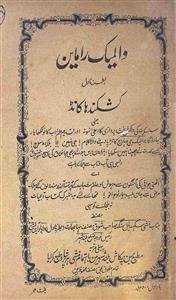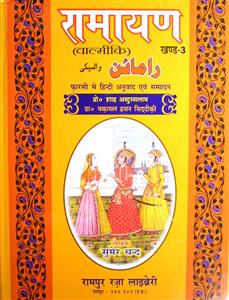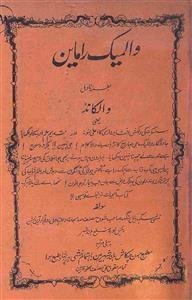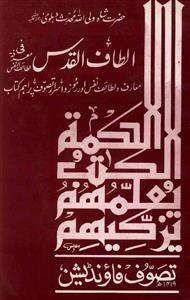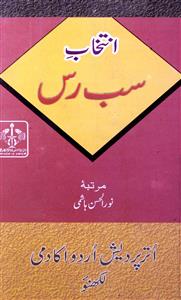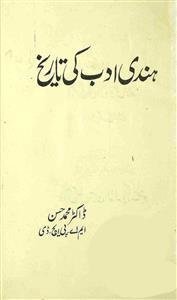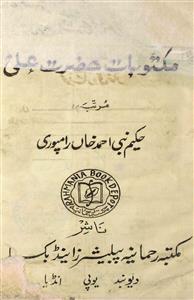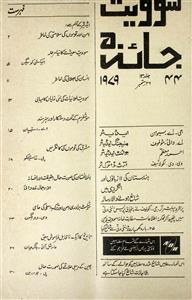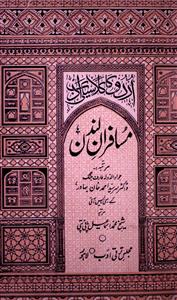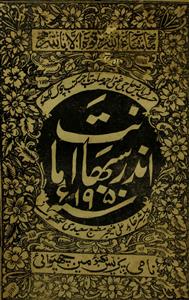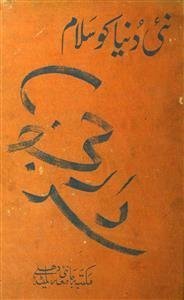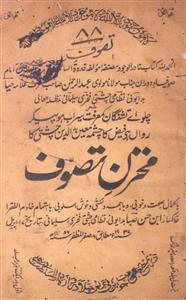 For any query/comment related to this ebook, please contact us at haidar.ali@rekhta.org
For any query/comment related to this ebook, please contact us at haidar.ali@rekhta.org
About The Book
the ramayana is divided into seven kandas (chapters), each of which narrates different events and important teachings. one of these is the "kishkindha kanda." this kanda details the meeting and interactions between lord rama and his great devotee hanuman. hanuman's role is extremely important to rama, as he was not only a loyal servant but also a symbol of determination and courage, which are key elements of the ramayana. another significant event in the "kishkindha kanda" is lord rama's slaying of bali. bali and sugriva were brothers, and bali had forcibly abducted sugriva's wife. lord rama killed bali and made sugriva the king in his place. this kanda also marks the beginning of king sugriva's reign and the declaration of angad as the crown prince. reading and reciting this kanda is considered to bring the same rewards as reading the entire ramayana. the kanda provides a clear message against the misuse of power, highlighting human nature, moral principles, and ethical conduct. this book has been translated into urdu in the style of a novel by munshi sukhdayal singh shauq, with its first publication in 1899 by the bern prakashan press in bulandshahr. the urdu translation is a significant literary achievement and a means of spreading the religious teachings in the "kishkindha kanda" to the public through urdu literature.
 For any query/comment related to this ebook, please contact us at haidar.ali@rekhta.org
For any query/comment related to this ebook, please contact us at haidar.ali@rekhta.org
